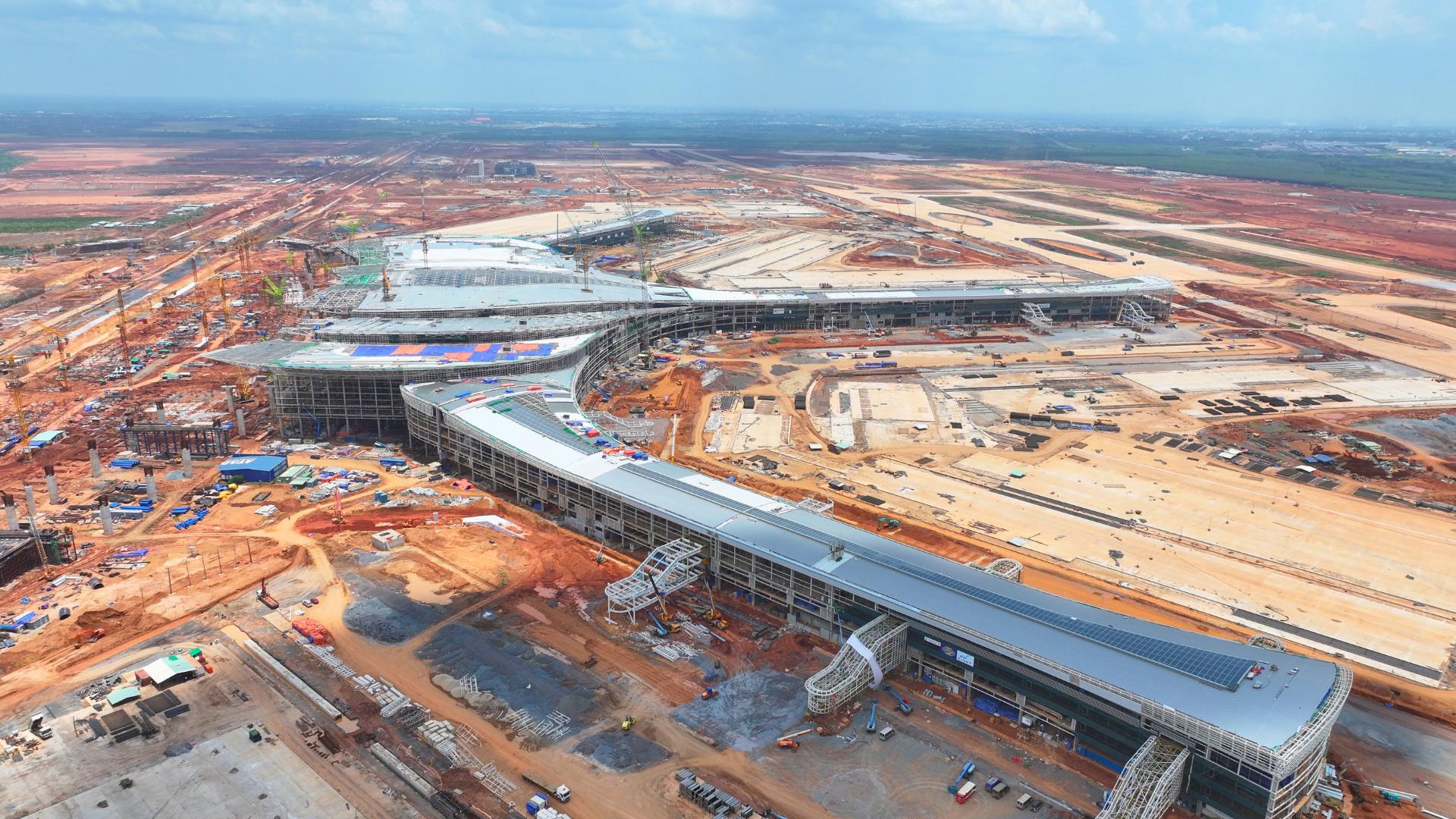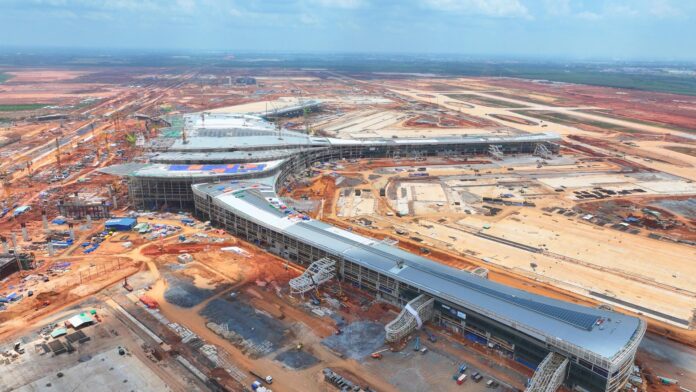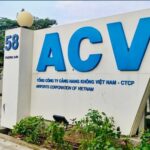A leading airline has proposed to NLD that international flights should remain at Tan Son Nhat Airport, responding to a recent suggestion by the Vietnam Airports Corporation (ACV) to move all such operations to the upcoming Long Thanh International Airport.
According to the airline, while Long Thanh International Airport is set to become operational in 2026, several key challenges remain, including inadequate transportation links to Ho Chi Minh City’s center and incomplete infrastructure at both Long Thanh and Tan Son Nhat airports. The urban planning and development of an “aerotropolis” also fail to meet the needs of passengers and the workforce.
Avoiding Excessive Travel Time from Long Thanh to the City Center
In this context, the airline proposes a coordinated approach: domestic airlines would operate international flights outside of Southeast Asia and selected domestic flights from Long Thanh, ensuring efficient connections and aircraft turnarounds.
Tan Son Nhat Airport, meanwhile, would continue to serve domestic airlines’ international flights within Southeast Asia and their domestic operations.
Foreign airlines would operate all their flights from Long Thanh International Airport.

A glimpse of the under-construction Long Thanh International Airport. Source: Lam Giang
The rationale for retaining Southeast Asian international flights at Tan Son Nhat is that these are short-haul routes, mostly serving business and short-haul leisure travelers. It would be highly inconvenient for these passengers if the travel time from Long Thanh to the city center were too long. Additionally, Southeast Asian countries have signed open skies agreements, fostering close diplomatic, trade, and tourism relations, with a high frequency of flights by Vietnamese carriers.
In the long run, adjustments can be considered based on passenger volume, airport capacity, and improved connectivity between Long Thanh and Ho Chi Minh City. This approach ensures Long Thanh’s development as a crucial transit hub, optimizes the efficiency of both airports, safeguards the interests of Vietnamese carriers, and maintains Vietnam’s and Ho Chi Minh City’s competitiveness as travel destinations.
Solving the Long Thanh Airport Conundrum: Leveraging Technology to Streamline Procedures
From a passenger and business perspective, Mr. Nguyen Ba Diep, co-founder of the MoMo financial technology corporation, argues that moving all international flights to Long Thanh while transportation options are still limited would negatively impact the experience of international visitors. They would have to undergo multiple procedures, including immigration, baggage claim, and a 2-3 hour transfer to Tan Son Nhat, with potential additional formalities.
While acknowledging potential initial challenges during the transition period, Mr. Diep believes that clear communication and Vietnam’s demonstrated commitment to providing the best possible support will ultimately enhance visitors’ perceptions and experiences.
To address these concerns, he suggests employing technology to streamline immigration procedures, aiming for a swift 10-15 minute process with separate lanes for international and domestic passengers, eliminating the current lengthy queues.
Additionally, dedicated transportation options, such as priority buses or coaches with distinct markings, should be provided for tourists traveling from Long Thanh to the city. Equally important is ensuring that delicious and reasonably priced food and beverage options are available at the international airport.
“Passengers arriving from long-haul flights, such as those from the US or Europe, have already endured 18-25 hours of travel. They will need to rest and refresh themselves before proceeding to Ho Chi Minh City or other destinations,” Mr. Diep added. He also drew comparisons to Bali, Indonesia, and Bangkok, Thailand, where similar travel times from the airport to the city center are commonplace.
The Master of Rapid Transit: Unveiling Ho Chi Minh City’s $4 Billion Metro Project with MAUR at the Helm
The Ho Chi Minh City Management Authority for Urban Railways has been appointed as the investor for the development of two metro lines, previously connecting Binh Duong, with a total investment of nearly VND 100,000 billion.
The City of Ho Chi Minh Unveils Transportation Projects to Commemorate National Day on September 2nd
These infrastructures are pivotal in completing the inter-regional transportation network, providing a significant impetus for the socioeconomic development of the city.










































